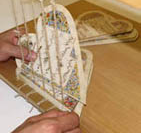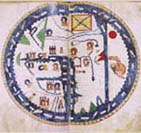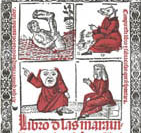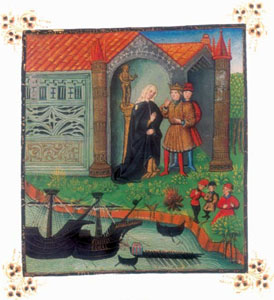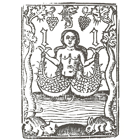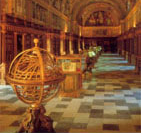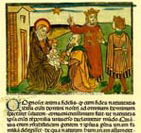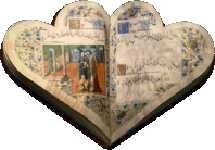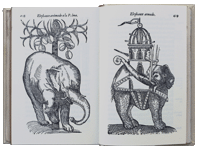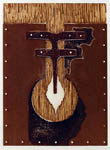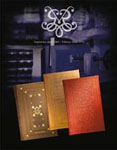| |
Definition, meaning: Perfect reproduction of an old book, manuscript, map or art print.
Etimology: From latin fac, imperative of facere, and simile, which means “make alike”.
The choice between the two ways of making a facsimile is determined by the type of book in question:
1) According to the way in which they were made, the books are classified as:
|
Manuscripts
Codices or hand-copied books.
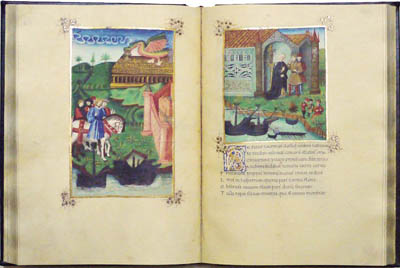
|
|
Printed books
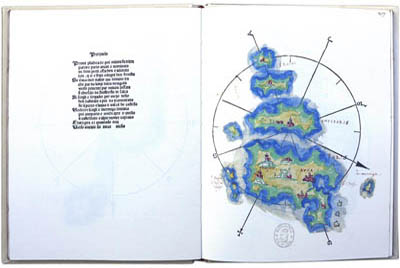
|
|
2) According to their age, old printed books are classified as:
- Incunabula (1500 or earlier).
- Old books (1501 or later).
|
The two systems or approaches for making a facsimile are:
|
|
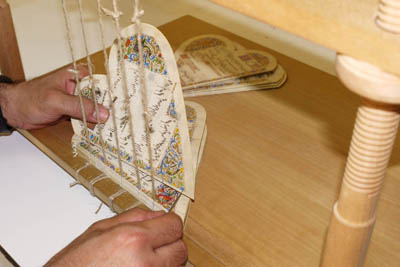
Artisanal methods
|
|
For manuscripts:
It goes without saying that the reproduction techniques employed (photography, pre-photography, pre-printing, printing, etc.) are of the highest possible quality. These techniques have been greatly improved over the last few decades. As the original manuscript codices are always unique exemplars, having been hand-copied in medieval scriptoria, we reproduce the stains on the original parchment, the damage the item has suffered and its current characteristics. Also, all the materials used to produce the copy must be as similar as possible to the original, with regard to the animal skins, parchment, gilding, size or damage, amongst other factors.
|
|
|
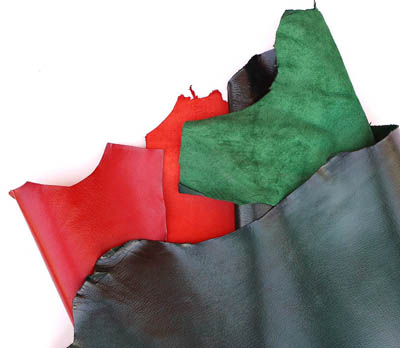
The best materials
|
|
For printed books (whether these are incunabula or old books):
As is well-known, original printed books are usually not unique. Although a particular exemplar may be the only known copy at a particular moment in time, a second exemplar may later appear which bibliographers were previously unaware of: such exemplars may come from private collections, have been hidden for various reasons, or have been wrongly classified in public libraries, amongst other possibilities. Therefore, they cannot be considered to be completely unique items on a permanent basis. In order to choose the appropriate reproduction technique, a further factor to take into consideration is that such printed books were rarely bound before they were sold, with the new owners being responsible for arranging for them to be bound in a fashion appropriate to their means and their library. The specific characteristics of these printed books (incunabula and antiquarian books) lead to the demand from researchers for certain criteria to be employed in the making of the facsimile reproductions they require, which are as follows:
|
|
|
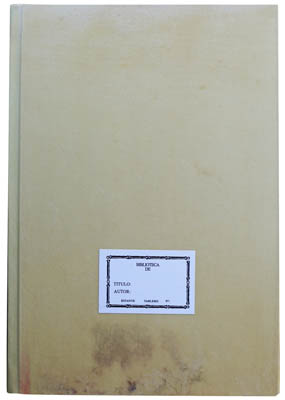
Parchment on wooden board
|
|
1) Reproduction: The reproductions must be impeccable with regard to all the printed elements of the original: colours of the inks, sizes, etc.
2) Graphical elements: We also reproduce all of those graphical elements which have been added over the years to the exemplar in question (handwritten annotations, stamps, book-plates, etc.).
3) Laid paper, of a cream or off-white colour, the same as the originals, and of the same grammage.
4) Stains and damage: We do not reproduce any stains or damage produced by aging, as these did not form part of the original edition and, above all, (unlike manuscripts, which are always unique) the objective of all bibliophiles is to obtain the newest exemplar, with the cleanest, most complete and least damaged paper, as this is always more valuable. Moreover, these stains and damage are not shared by all of the currently known original exemplars or by those that may be found in the future; and even libraries' restoration departments clean the paper, in order to preserve it and ensure it can continue to be enjoyed and read in the future. Stains on the paper are unwanted companions.
|
|
5) Complete exemplars: Due to the above, when the few extant original exemplars (of a particular work) are all incomplete, we try to ensure that our edition of the work in questions is in fact complete; this might involve reproducing pages from another exemplar, where these are missing from the exemplar being reproduced. In this way, the "original edition" can be reproduced. For those editions in which this is carried out, mention of this is made in the colophons.
6) Bindings of incunabula and antiquarian books: We use the most commonly used form of binding in the 15th through to the 17th centuries: parchment (goatskin) on board, given that, as we have explained, the bindings of the originals (often now missing) varied; and incunabula and antiquarian books have often been provided with modern bindings in more recent centuries.
7) Editio princeps: A first edition (or editio princeps) is usually the most valuable and hardest to find, but not always. Our approach is always to choose the rarest ones, which may be the most interesting simply because of their rarity.
|
|
|

